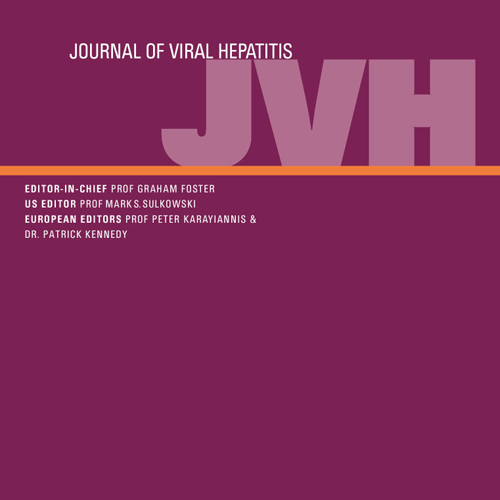Summary
Subsidized direct-acting antiviral (DAA) treatment recently became available to all adults living with chronic hepatitis C (HCV) in Australia. Based on rapid uptake (32,600 people initiated DAA in 2016) we estimated the impact on HCV epidemiology and mortality in Australia and determined if Australia can meet the WHO HCV elimination targets by 2030. Using a mathematical model, we simulated pessimistic, intermediate, and optimistic DAA treatment scenarios in Australia over 2016–2030. We assumed treatment and testing rates were initially higher for advanced fibrosis and the same across HCV transmission risk level sub-populations. We also assumed constant testing rates after 2016. We compared the results to the 2015 level and a counterfactual (IFN-based) scenario. During 2016–2030, we estimated an intermediate DAA treatment scenario (2016, 32,600 treated; 2017, 21,370 treated; 2018,17,100 treated; 2019 and beyond, 13,680 treated each year) would avert 40,420 new HCV infections, 13,260 liver-related deaths (15,320 in viraemic; -2,060 in cured), and 10,730 HCC cases, equating to a 53%, 63% and 75% reduction respectively, compared to the IFN-based scenario. The model also estimated that Australia will meet the WHO targets of incidence and treatment by 2028. Time to a 65% reduction in liver-related mortality varied considerably between HCV viraemic only cases (2026) and all cases (2047). Based on a feasible DAA treatment scenario incorporating declining uptake, Australia should meet key WHO HCV elimination targets in 10 to15 years. The pre- DAA escalation in those with advanced liver disease makes the achievement of the liver-related mortality target difficult.
Countries: Australia

